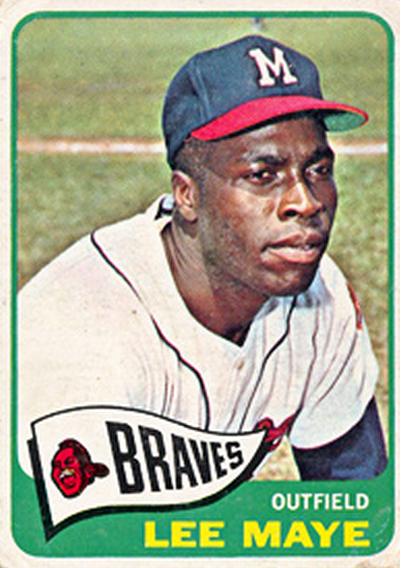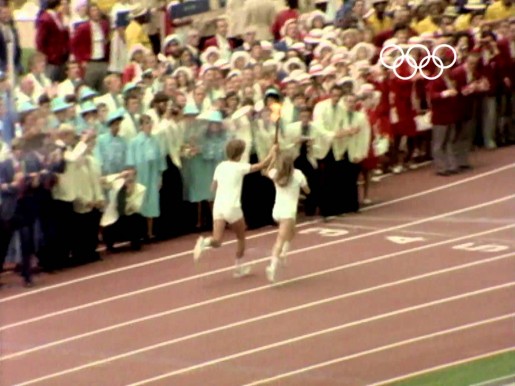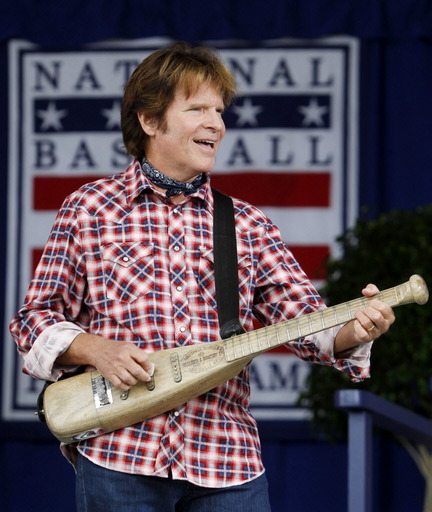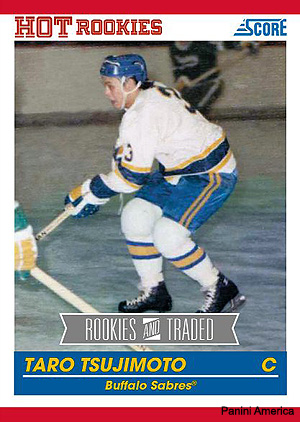Did a Waived Football Player Pull a Gun on the General Manager After Being Waived?
Here is the latest in a series of examinations into urban legends about football and whether they are true or false. Click here to view an archive of the football urban legends featured so far.
FOOTBALL URBAN LEGEND: A waived player once pulled a gun on his general manager.
In November of 1968, Houston Oilers general manager Dan Klosterman (pictured here…)
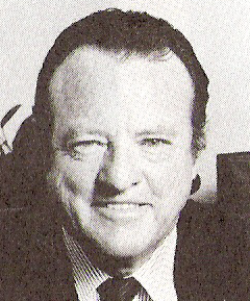
was at the Oilers team complex when a former player, Charles Lockhart, entered. Lockhart had been waived by the Oilers before the season.
Lockhart had suffered a shoulder injury while in training camp with the Oilers. He had an operation. According to NFL rules, if a player was still injured, he would be owed his full salary. The Oilers claimed that the surgery fixed Lockhart. Lockhart disagreed. He talked to the NFL Commissioner’s Office about the issue and they said he had to talk to the Oilers about it.
He talked, all right, and THEN some!
Read the rest of this entry »


